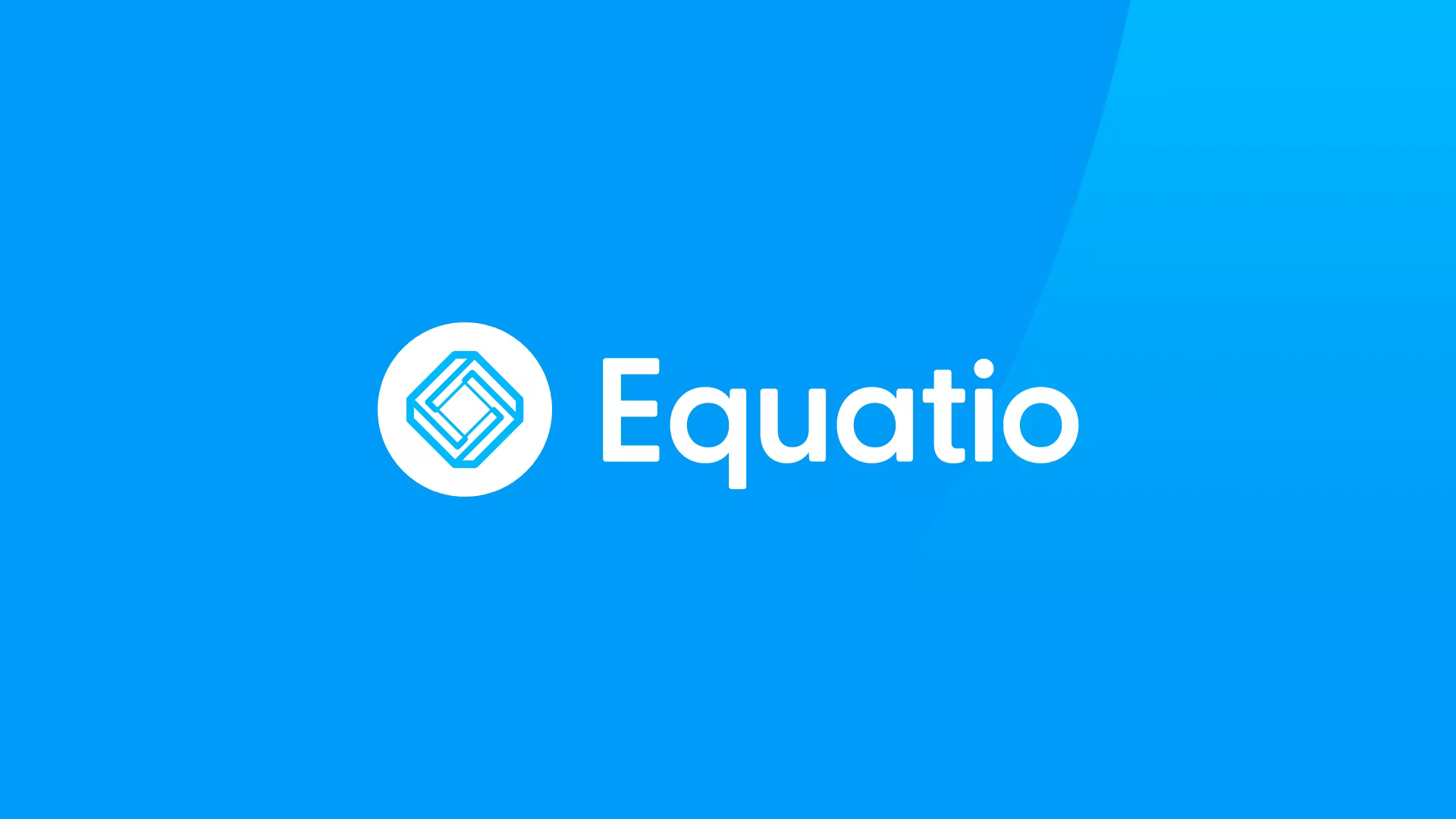How to Ensure You’re Getting the Most from CARES Act Funds
Ask the right questions to get the most from CARES Act funds and stimulus grants

To assist schools with issues related to the COVID-19 pandemic, Congress passed the CARES Act, which earmarked $30.7 billion for states, with additional funds requested but not yet approved. These funds for the upcoming year are not dependent on schools returning fully to on-campus learning, but can be used to support remote learning or a hybrid approach.
During a recent presentation at Future Proofing Your District Plan, Susan Gentz, a public policy expert, shared information about the various funding streams available to K-12 schools through the CARES Act.
The Funding Streams
The following funding programs are separate programs that are linked through the stimulus bill and are specifically intended for K-12 schools.
Elementary and Secondary Relief Fund (ESSER): $13.5 billion has been awarded to the states as formula grants based on the same proportion that each state receives under ESSA Title I-A. There are no funding restrictions.
Governor’s Emergency Education Relief Fund (GEER): $3 billion for governors to allocate according to funding formulas to support students who are struggling the most from the impact of the coronavirus. Districts are encouraged to change their education models.
Microgrants: $180 million to Rethink K-12 School Models and Continue to Learn grants that are intended for families to help provide access to the technology required to advance student learning. These are competitive grants.
Student-Centered Funding Pilot: $3 million is being made available by USDOE, authorized by ESSA, to allow up to 50 districts to pool their federal, state, and local dollars to focus aid on low-income or other disadvantaged students.
Tools and ideas to transform education. Sign up below.
The other important factor in funding this year is that the cap on carryover funds leftover from Title I, Part A of ESSA has been waived. This means districts can carry over any unused funds and that can be bundled with CARES Act funding. However, Gentz cautions districts to use these carryover funds first so it’s not lost.
Questions District Leaders Need to Ask to Maximize Funding
Most districts will likely see a shortfall of regular funding due to the pandemic and economic downturn, so it’s important to maximize these funding sources this year.
Here are some questions that district leaders should consider when planning to ensure they are getting the most out of these stimulus funds.
- By what date must our carryover funds be used?
- How are we planning to use the stimulus funds? Funds must be spent by September 2022.
- Is our state allowing us to retroactively pay for purchases we’ve already made? If so, how much of that money is already spent?
- How can we bundle carryover and stimulus funds?
- What are we doing with funding and waivers to prepare for a fall semester different from any other we’ve ever had?
- How can we reimagine professional learning and streamline opportunities for our educators?
- How are we ensuring access and equity for all students?
- Will we apply for microgrants?
- What process will we use to consider various diagnostic assessments to be used to understand each student’s academic and social-emotional needs?
“Future federal funding depends to some degree on how well these initial stimulus funds are used,” said Gentz. “So it’s important to put these funds to good use.”
Annie Galvin Teich has more than 25 years' experience in education writing and publishing. She is an edtech industry expert in content marketing and copywriting. As a regular contributor to Tech & Learning she focuses on the information needs of district decision makers.
